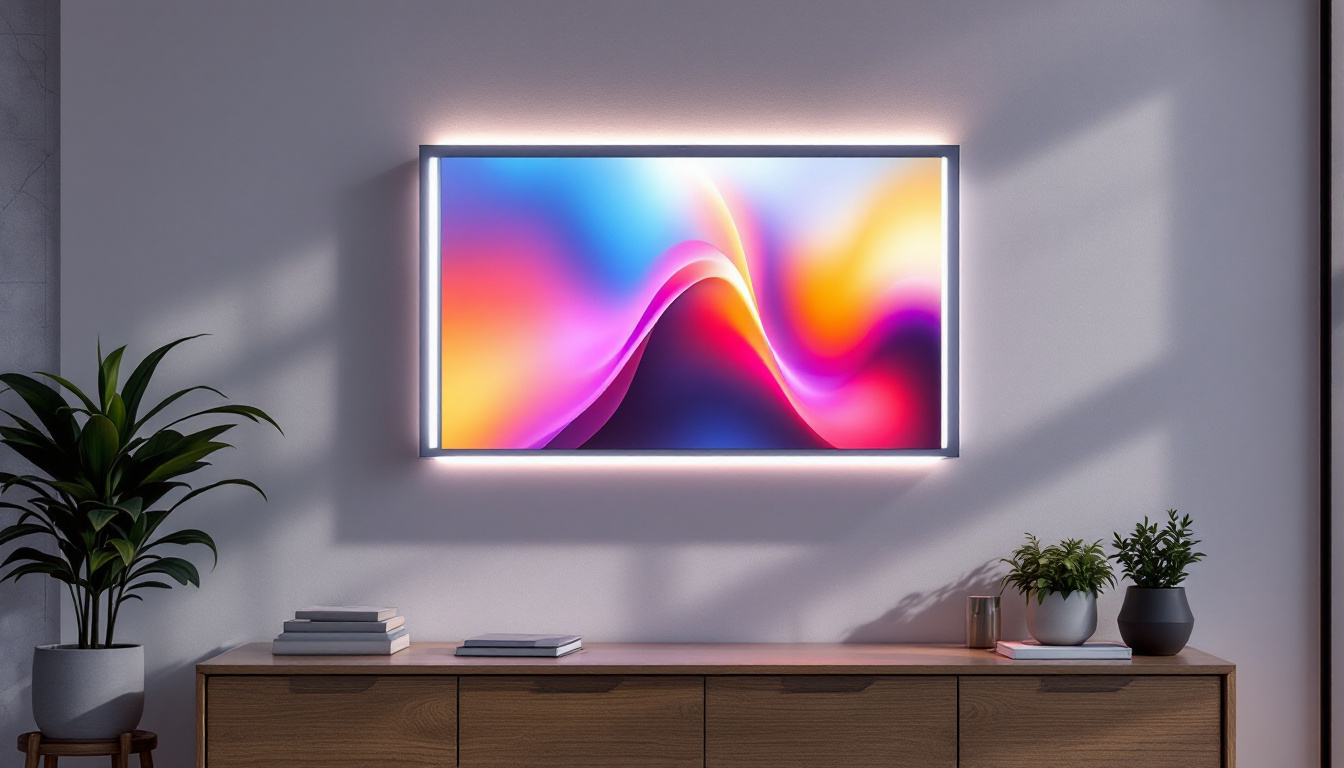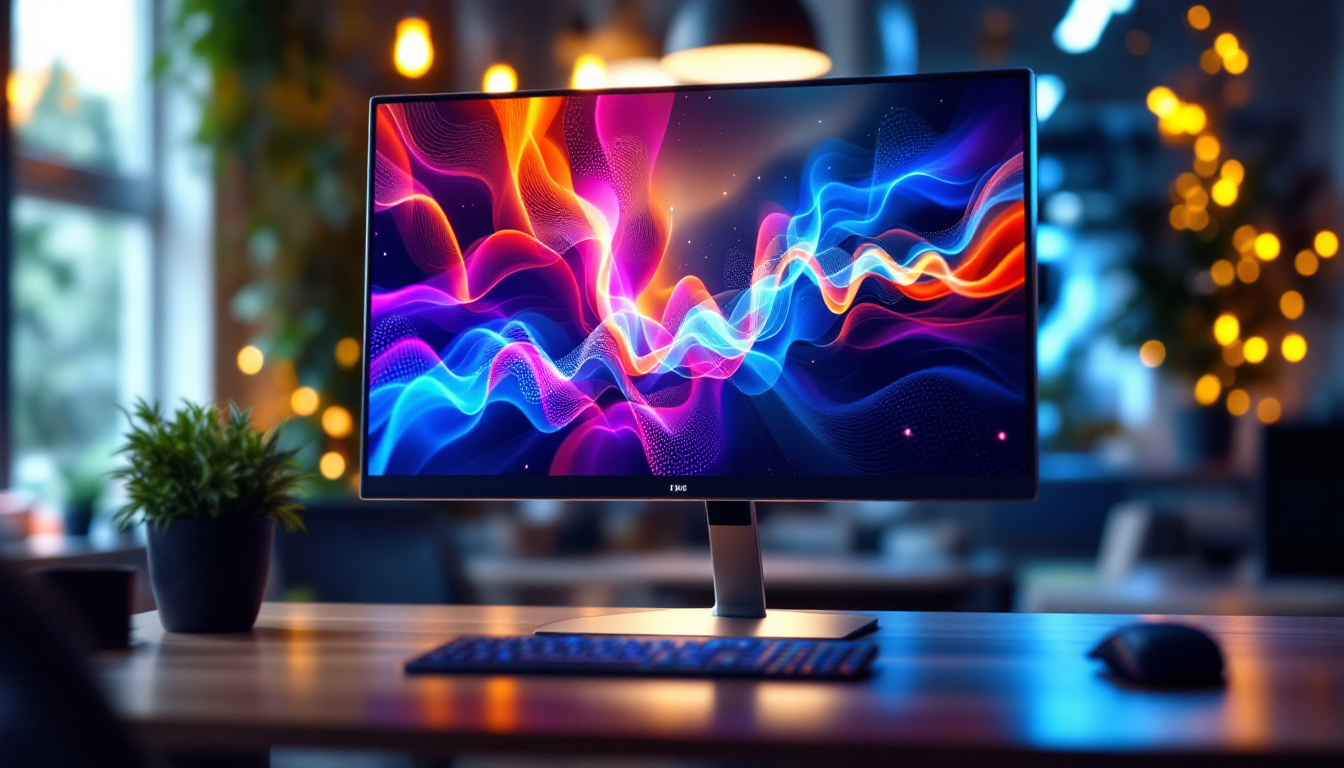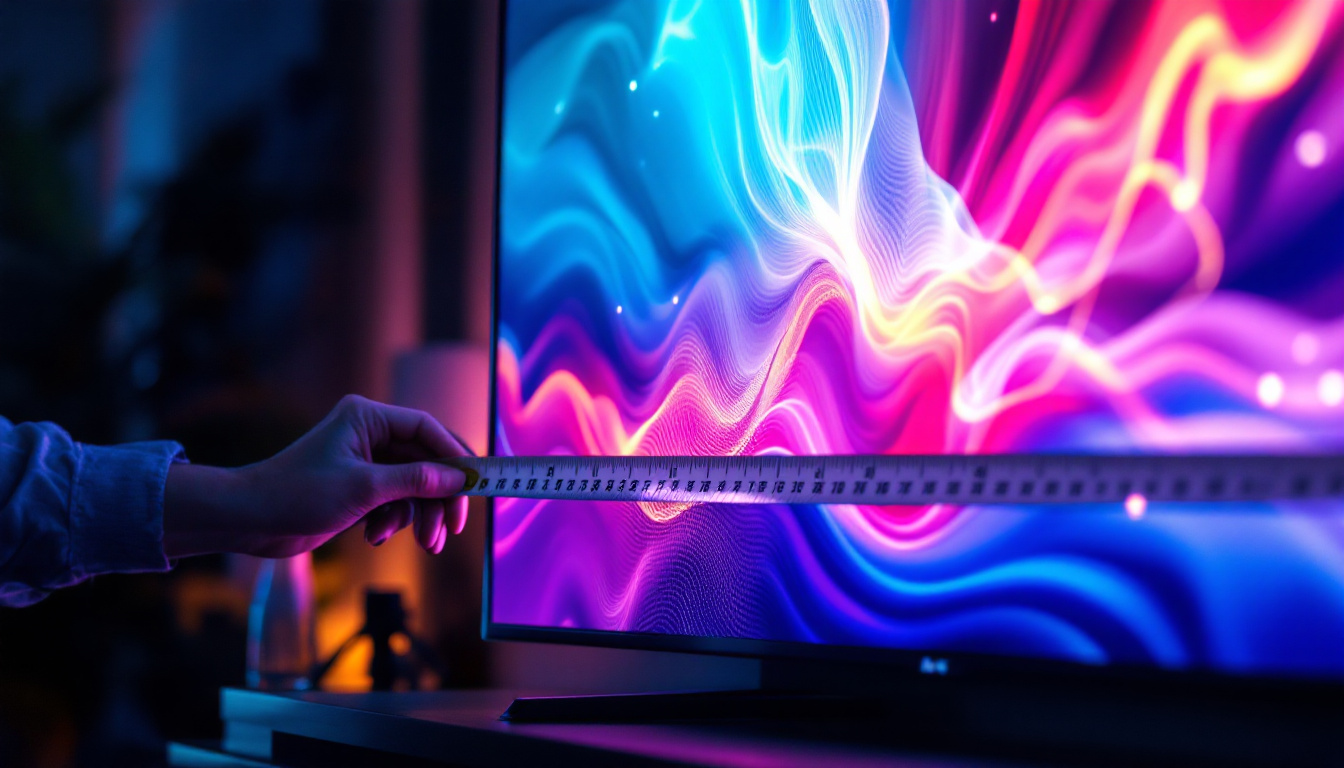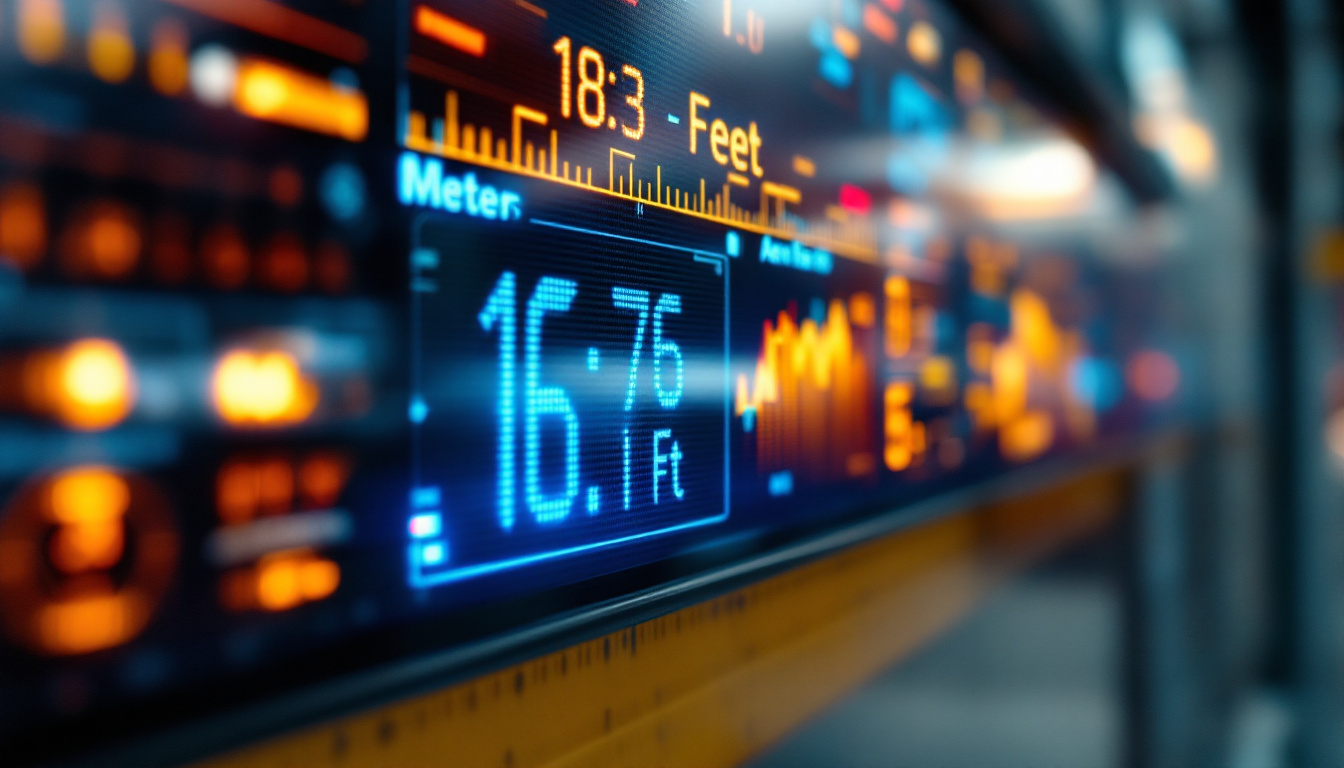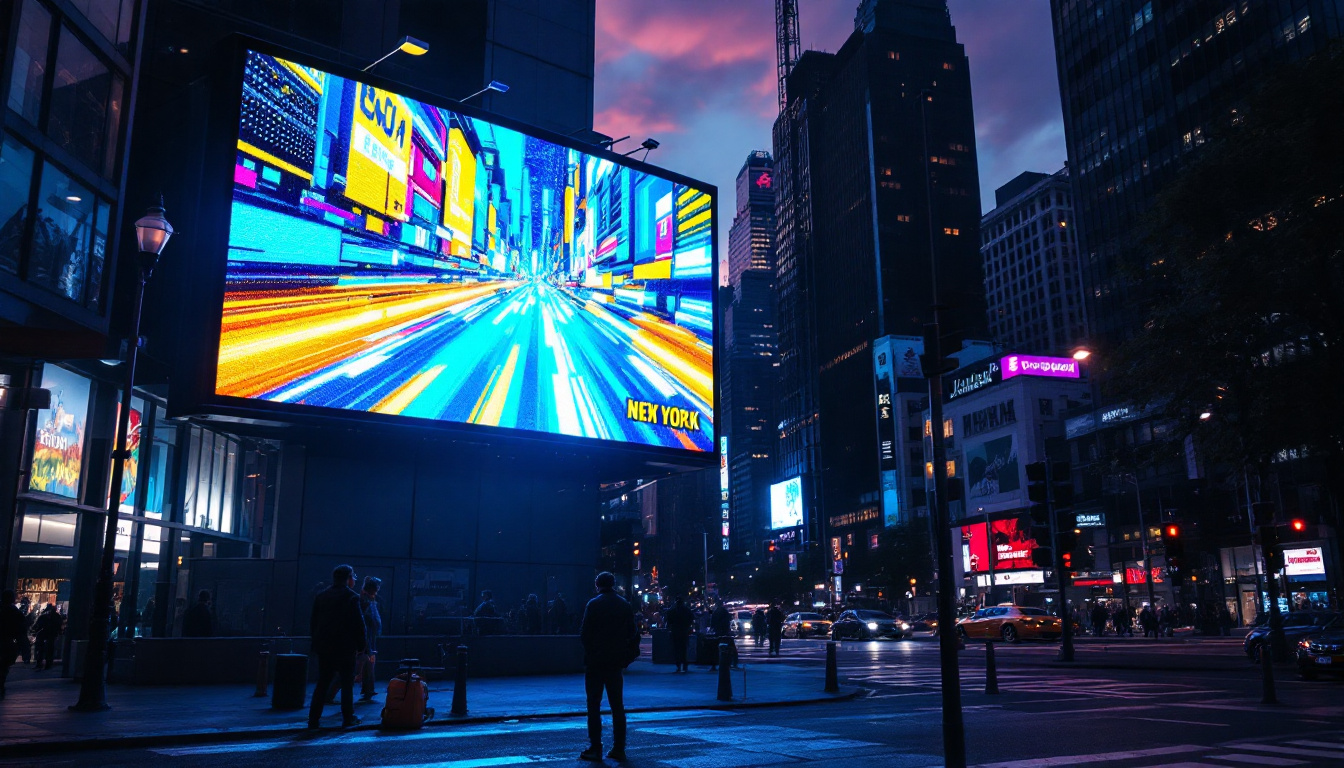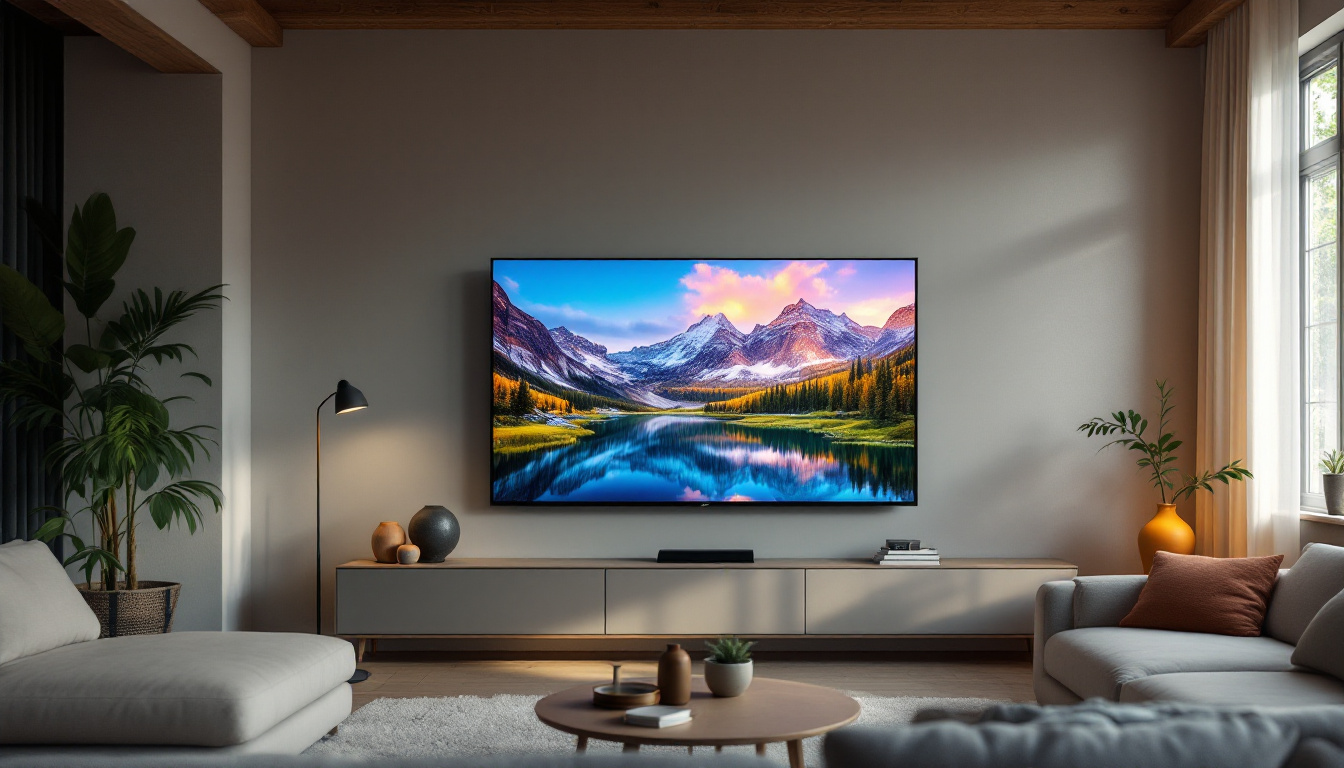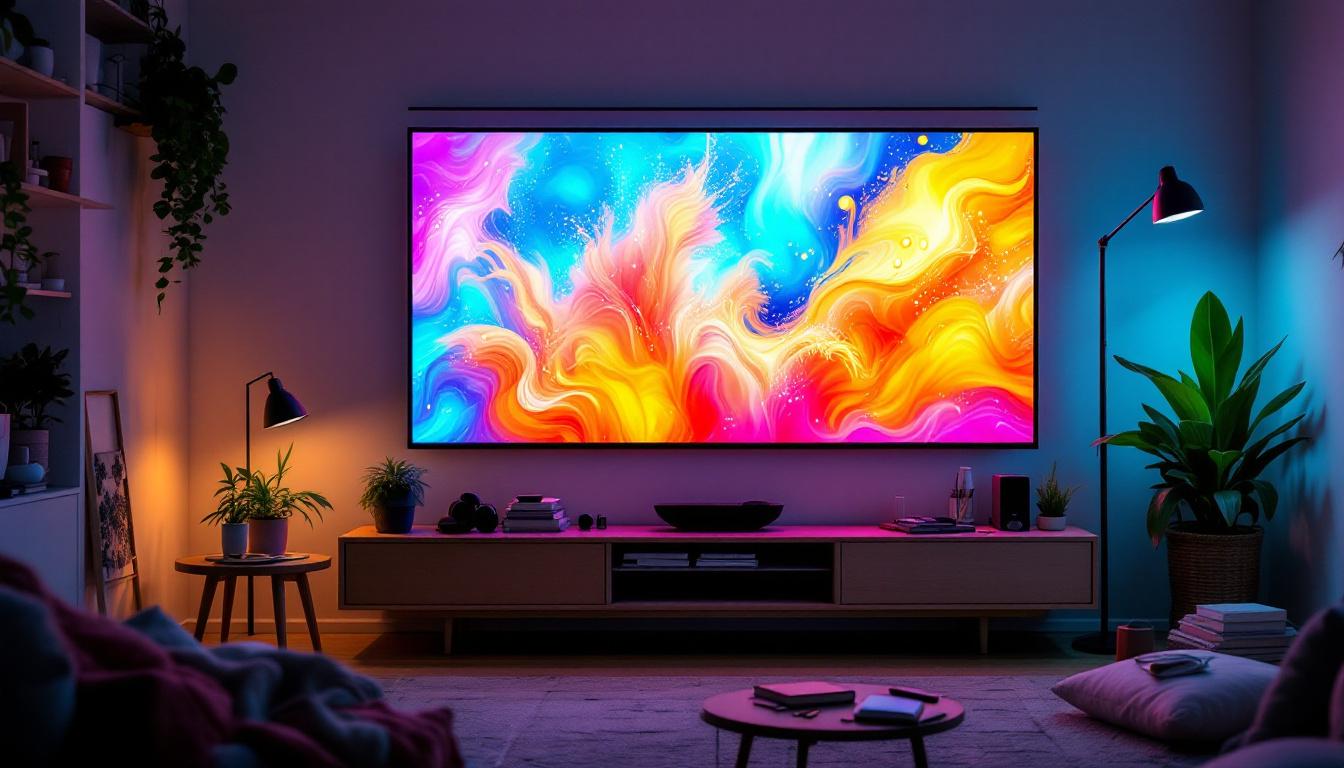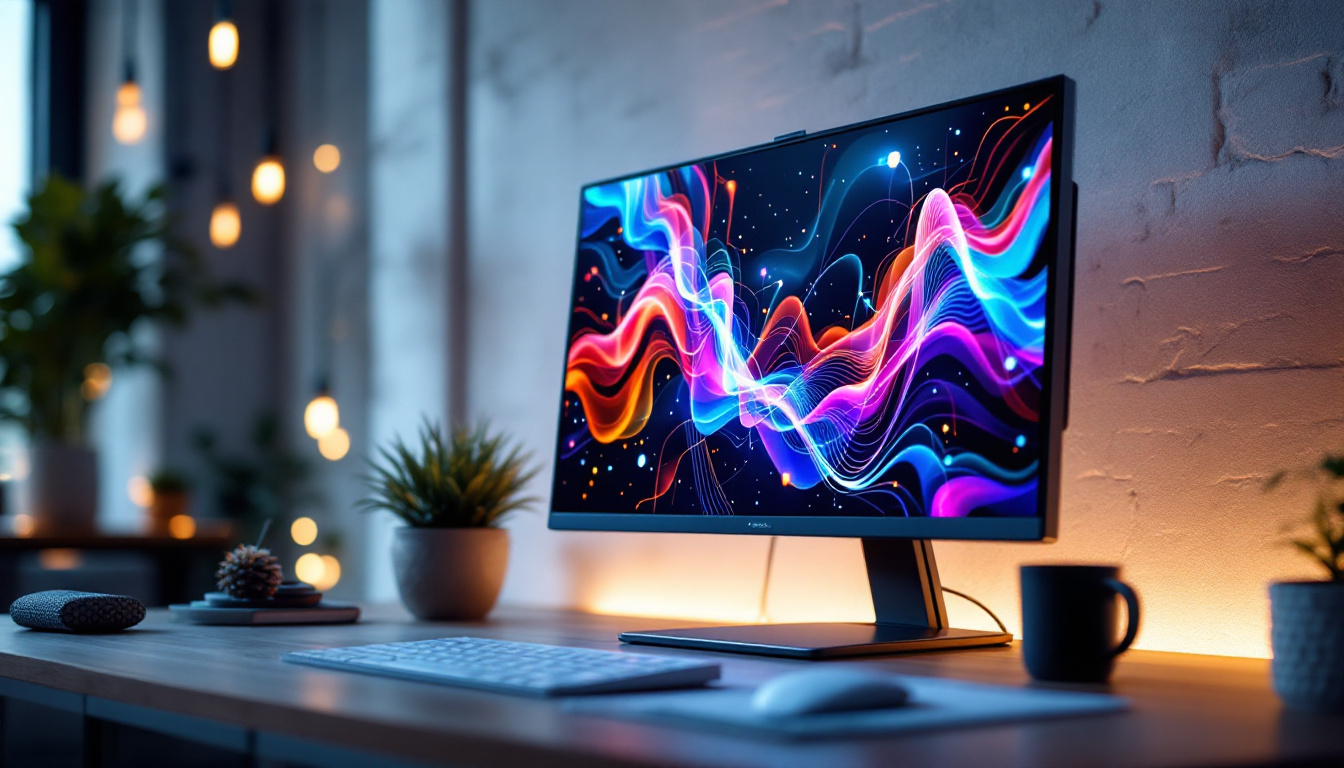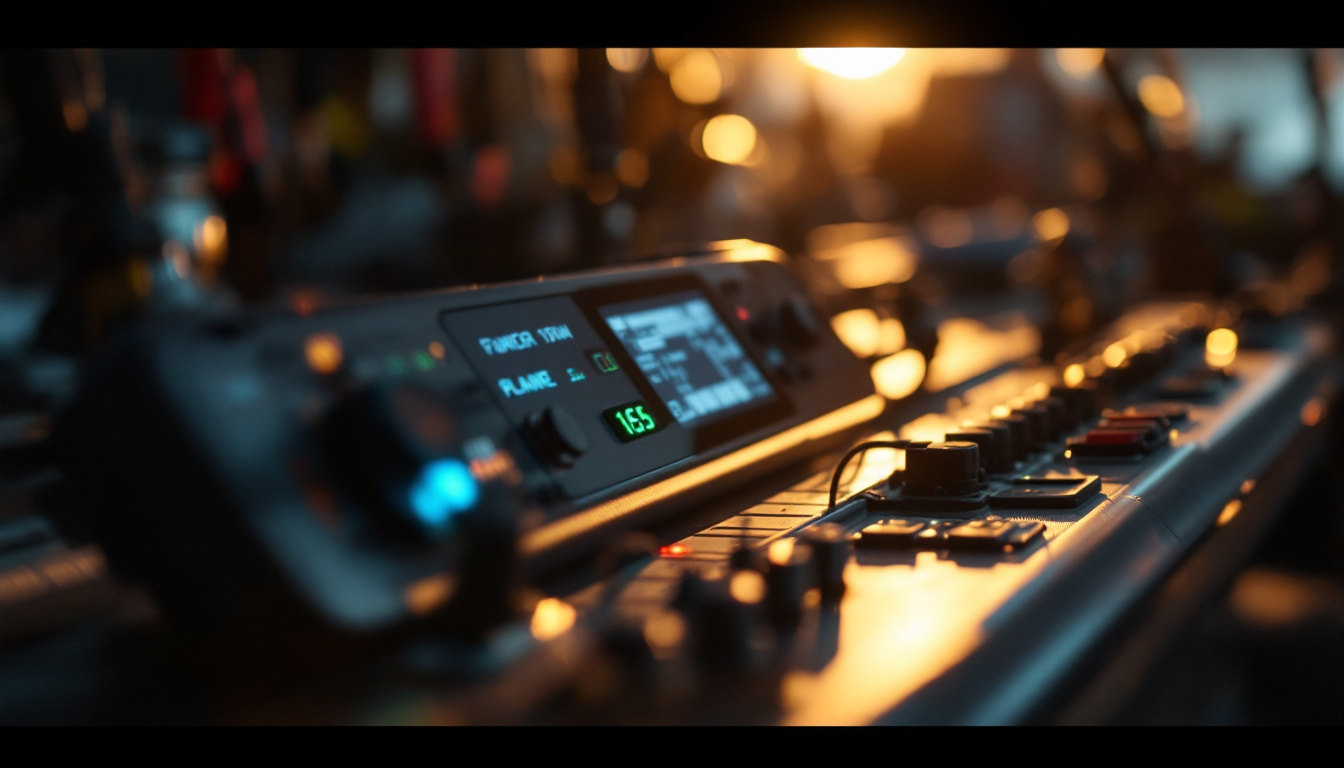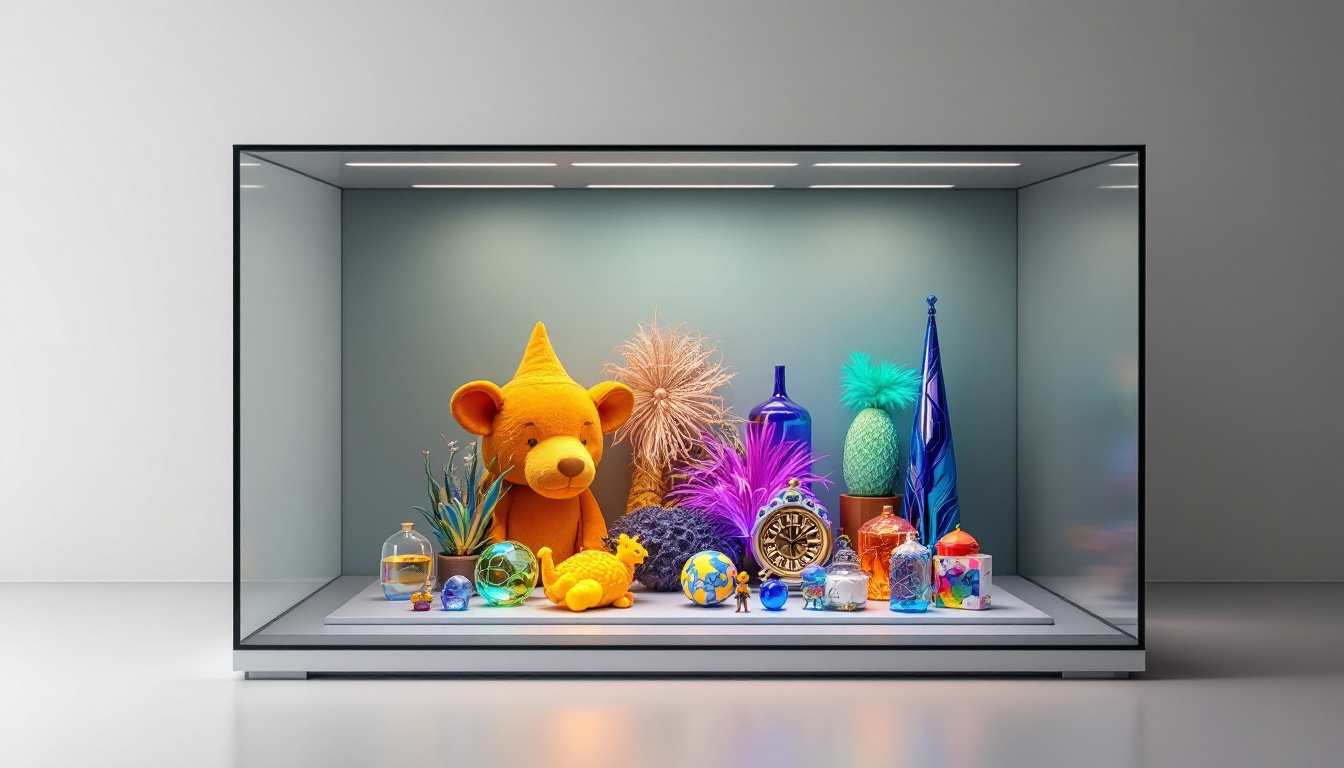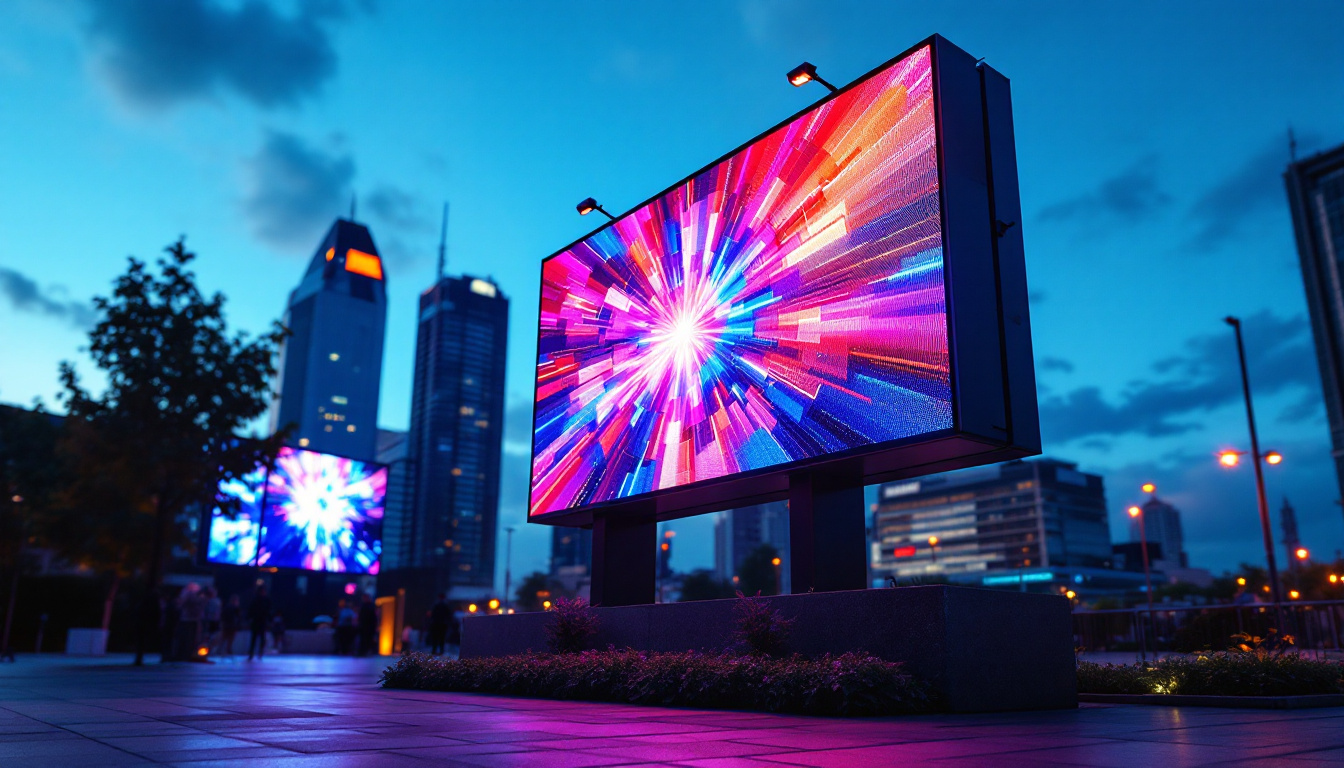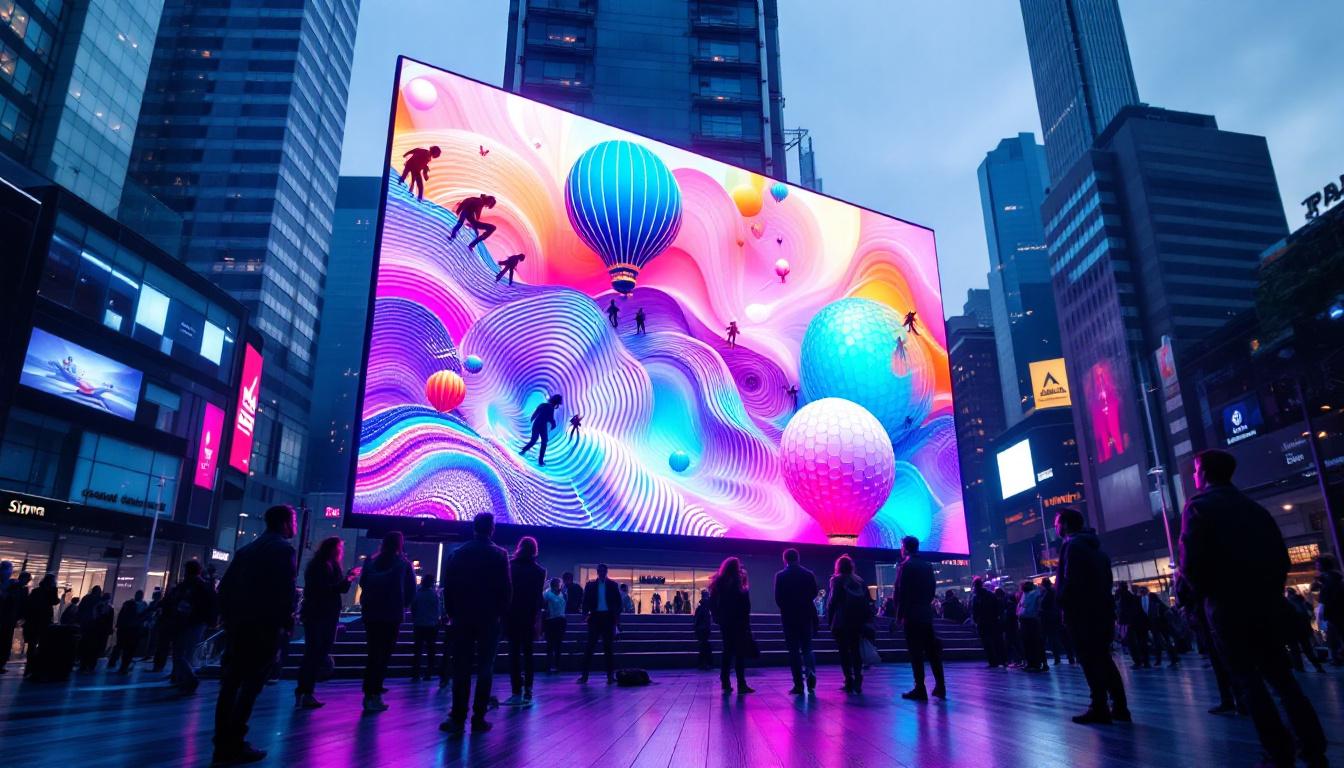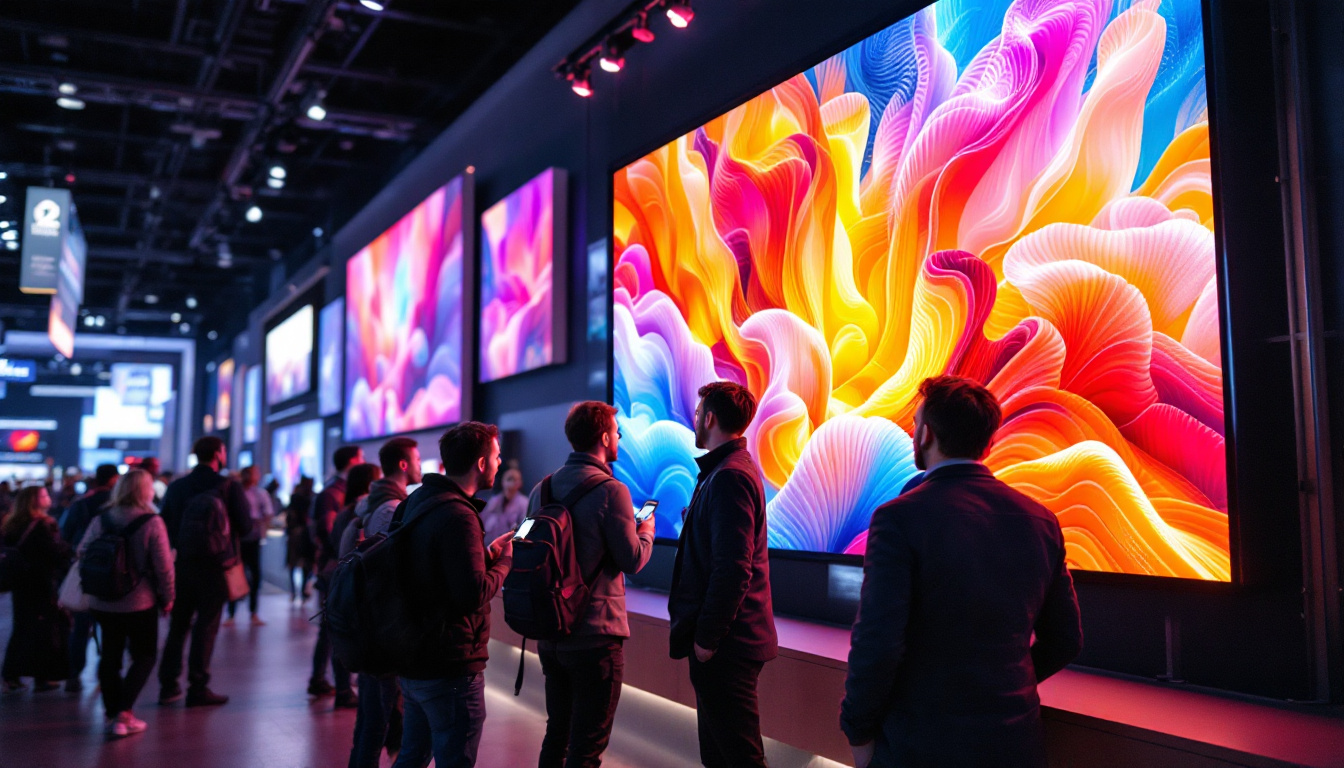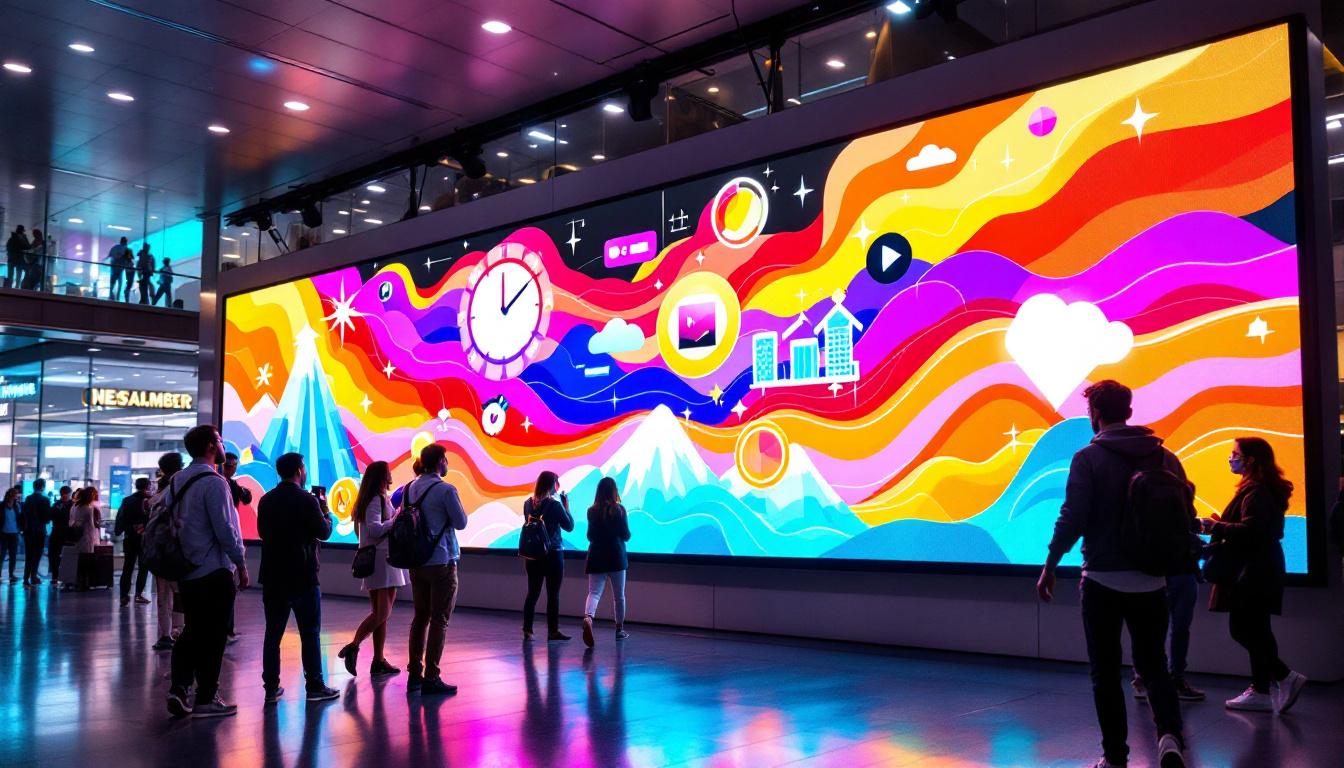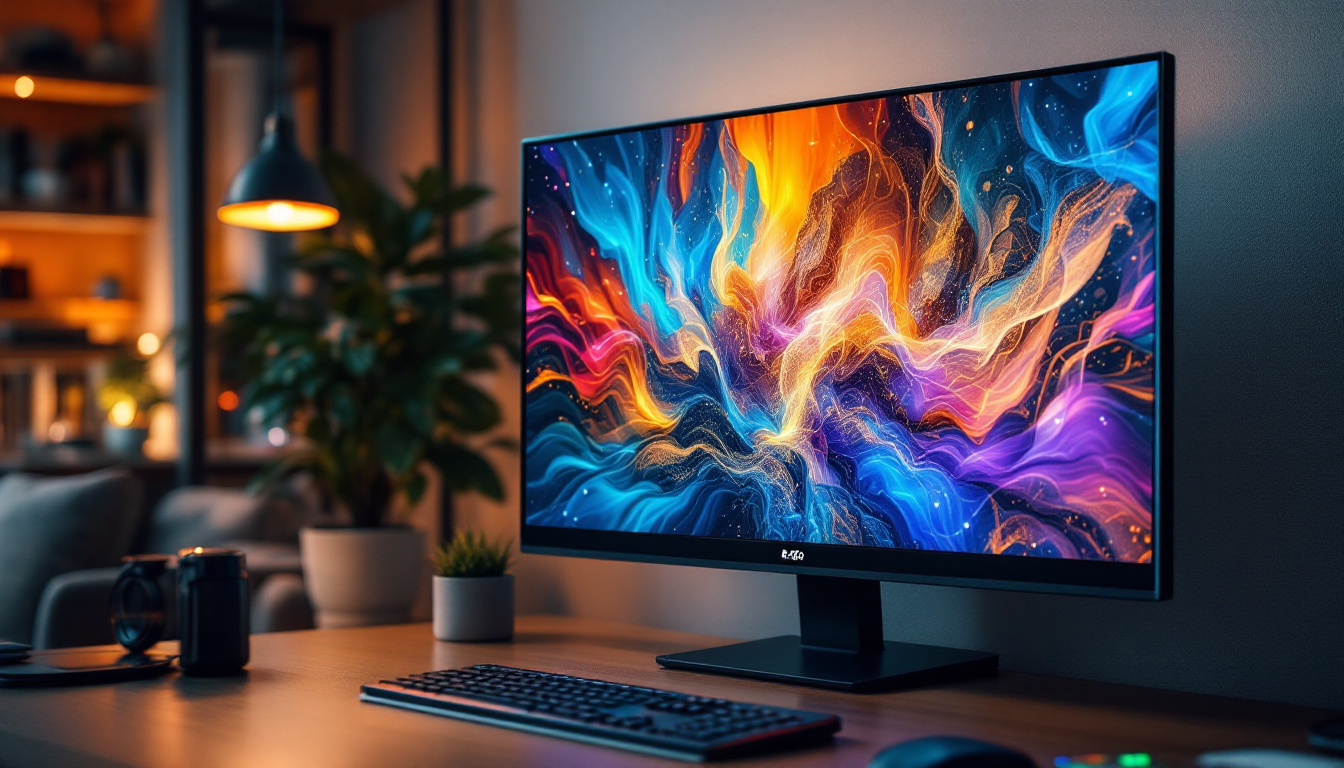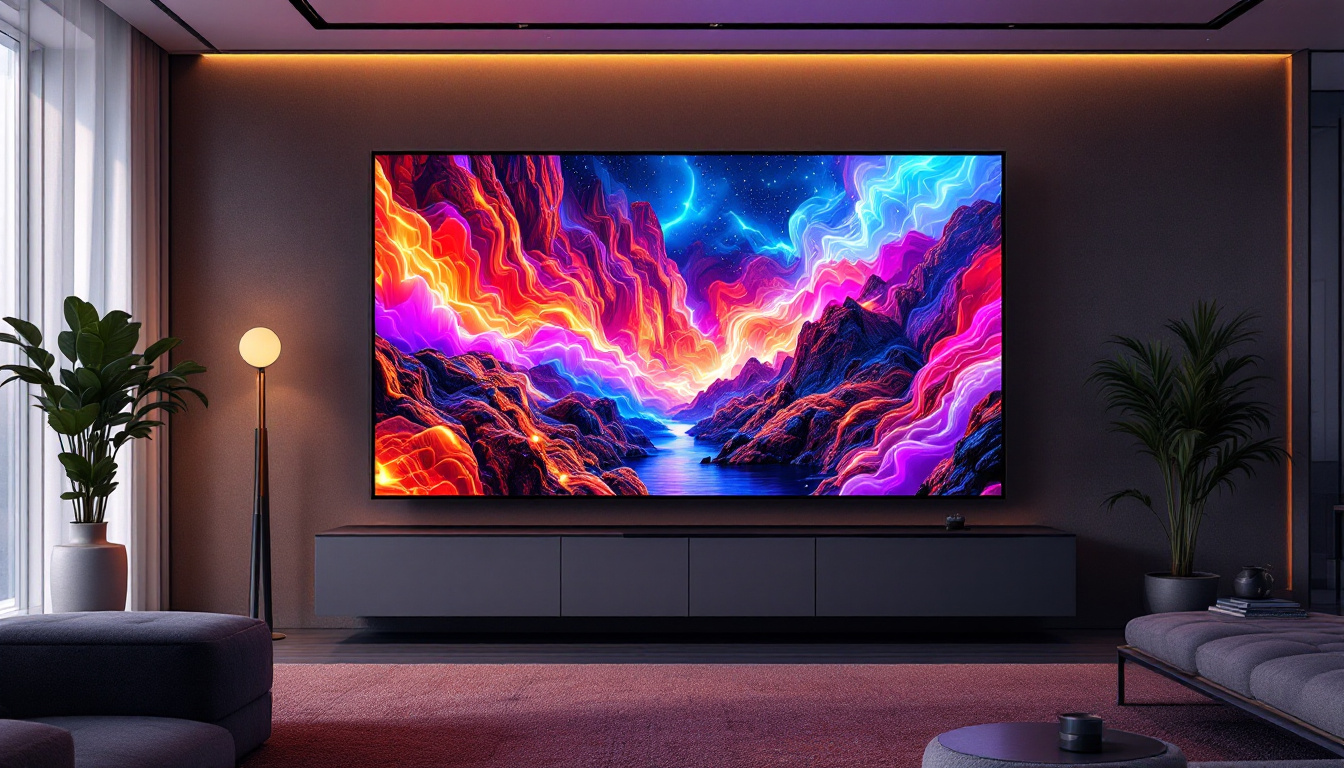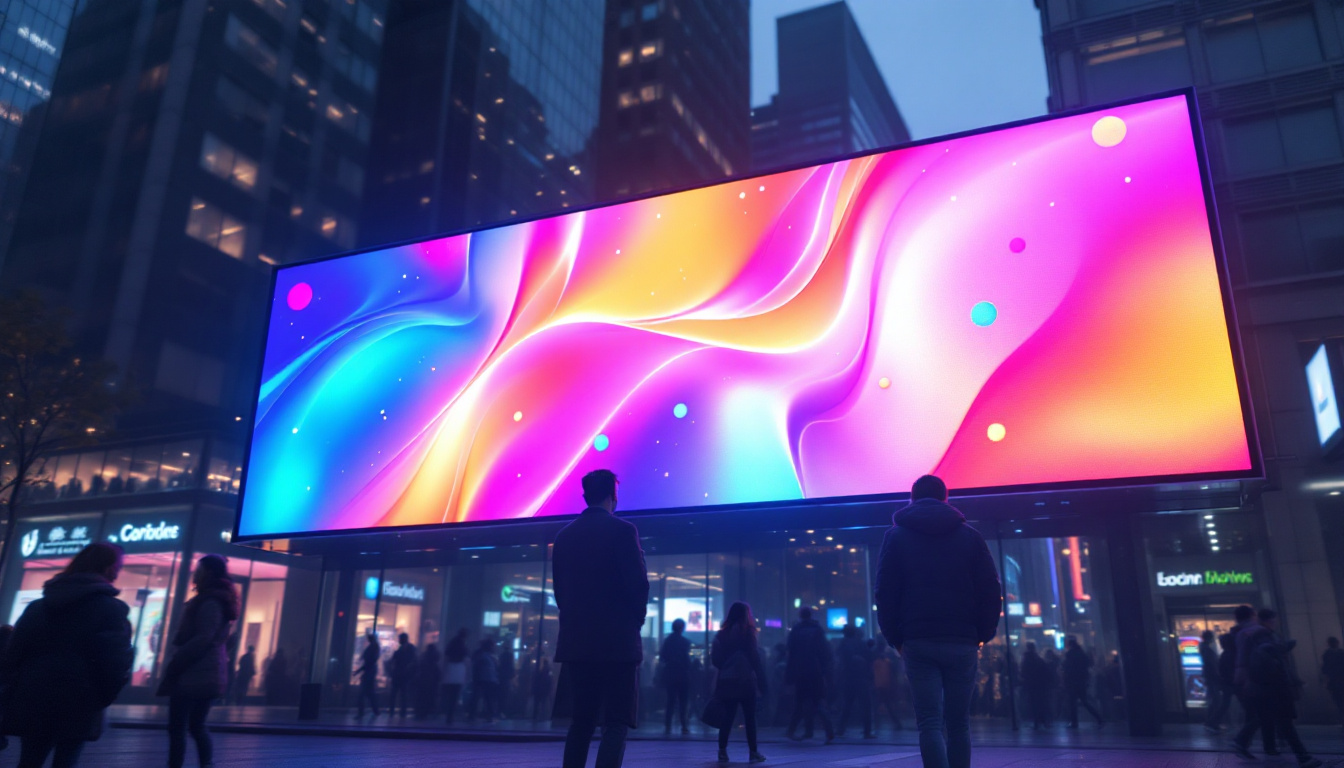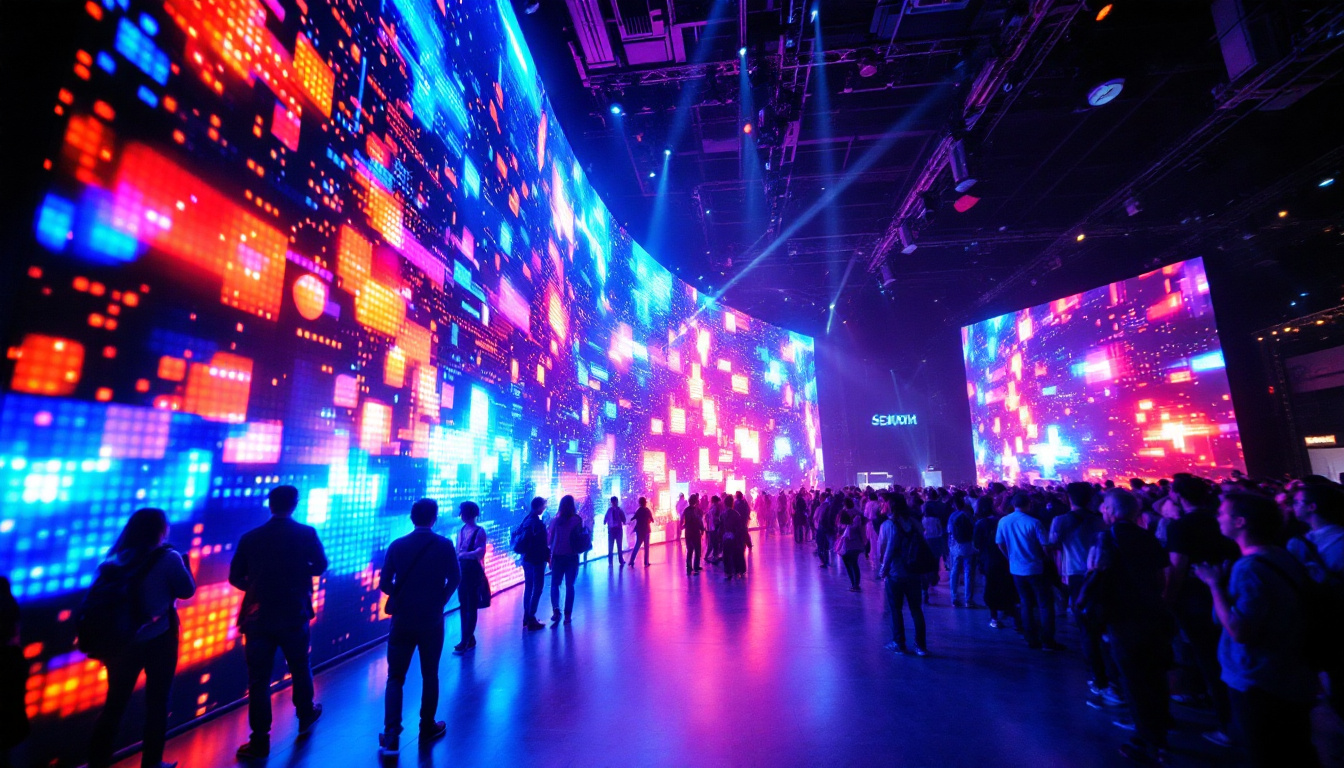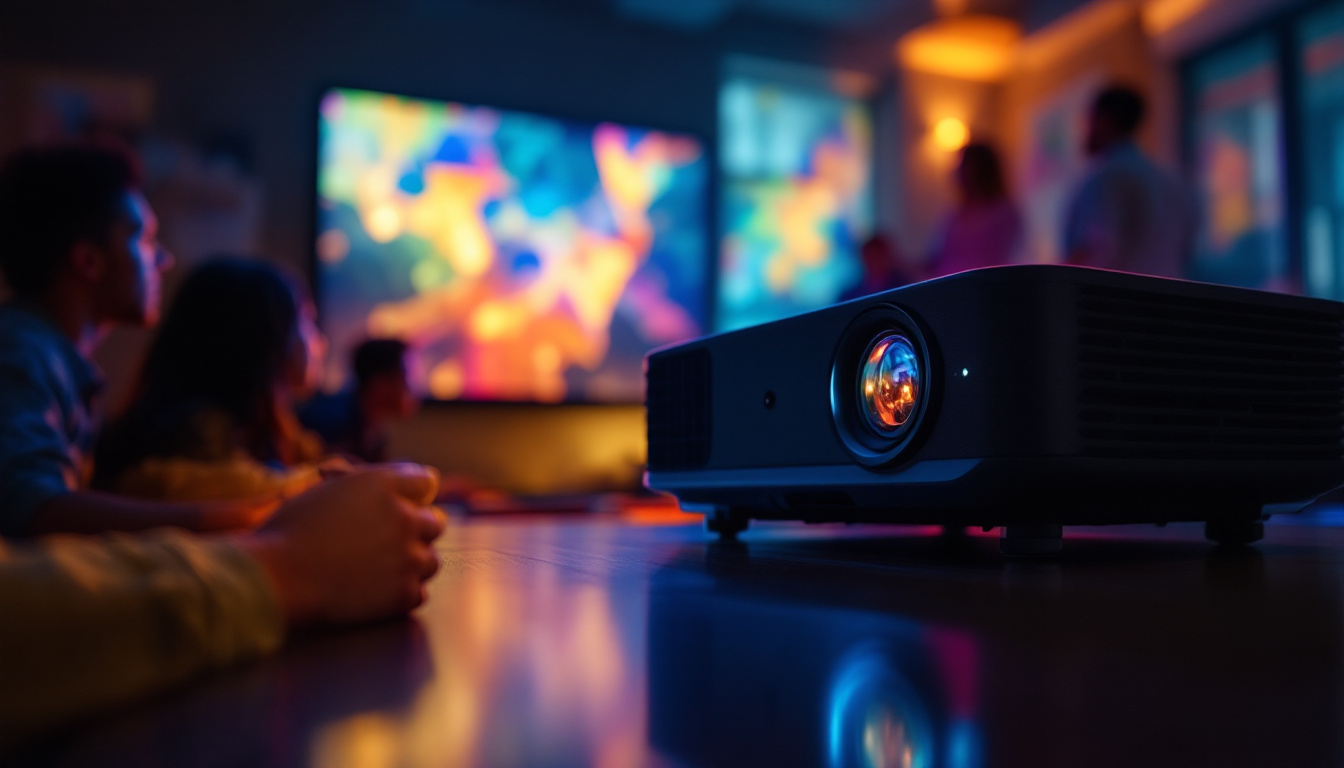The integration of LED displays into various environments has revolutionized the way information is presented and consumed. From advertising to public information, these displays have become ubiquitous. However, the effective installation of LED displays requires careful planning and consideration. This is where a wall frame calculator comes into play. This article delves into the mechanics of wall frame calculators and their significance in the installation of LED displays.
Understanding LED Displays
LED displays, or Light Emitting Diode displays, are electronic devices that use LEDs as their primary light source. These displays are favored for their brightness, energy efficiency, and versatility. They can be found in a variety of settings, including retail spaces, stadiums, and corporate environments. The technology behind LED displays has evolved significantly, allowing for more vibrant colors and sharper images, which enhances the viewing experience for audiences across different applications.
Types of LED Displays
LED displays come in several types, each designed for specific applications. The most common types include:
- Outdoor LED Displays: These are designed to withstand harsh weather conditions and are often used for billboards and advertising. Their robust construction ensures they remain functional in rain, snow, and extreme temperatures, making them a reliable choice for businesses looking to capture attention in outdoor environments.
- Indoor LED Displays: Typically used in venues like theaters and conference rooms, these displays offer high resolution and are less robust than their outdoor counterparts. They provide a more immersive experience, often featuring advanced technologies like 4K resolution, which is essential for high-quality presentations and entertainment.
- Transparent LED Displays: These innovative displays allow for visibility through the screen, making them ideal for retail environments where product visibility is crucial. They create a unique shopping experience by blending digital content with physical products, allowing customers to engage with both simultaneously.
Advantages of LED Displays
The advantages of using LED displays are numerous. They provide high visibility even in bright sunlight, consume less power compared to traditional displays, and have a longer lifespan. Furthermore, their ability to display dynamic content makes them an attractive option for advertisers and information providers alike. This adaptability allows businesses to change their messaging frequently, catering to different audiences and events without the need for physical changes to the display itself.
In addition to their functional benefits, LED displays also contribute to sustainability efforts. Their energy efficiency not only reduces electricity costs but also lowers carbon footprints, making them an environmentally friendly choice for companies aiming to promote their green initiatives. Furthermore, the long lifespan of LED technology means fewer replacements and less electronic waste, aligning with global efforts to reduce environmental impact. As technology continues to advance, we can expect even more innovative uses for LED displays, further solidifying their place in modern communication and advertising strategies.
The Role of a Wall Frame Calculator
A wall frame calculator is an essential tool for anyone involved in the installation of LED displays. This tool helps determine the appropriate size and structure of the frame needed to support the display securely. Understanding how to use a wall frame calculator can significantly impact the success of an installation project.
Why Use a Wall Frame Calculator?
Using a wall frame calculator offers several benefits:
- Precision: Accurate calculations ensure that the frame fits the display perfectly, minimizing the risk of damage during installation.
- Safety: A well-calculated frame supports the weight of the LED display, reducing the risk of accidents.
- Cost-Effectiveness: Proper measurements can prevent costly mistakes, such as purchasing the wrong materials or needing to redo the installation.
How to Use a Wall Frame Calculator
Using a wall frame calculator typically involves inputting specific measurements and parameters related to the LED display and the installation environment. Here’s a general guide on how to use it:
- Measure the Display: Start by measuring the height and width of the LED display.
- Determine Weight: Check the weight specifications provided by the manufacturer.
- Input Measurements: Enter these measurements into the wall frame calculator along with any additional parameters, such as wall type and frame material.
- Review Recommendations: The calculator will provide recommendations for frame size and material based on your inputs.
In addition to these steps, it’s essential to consider the environment where the LED display will be installed. Factors such as humidity, temperature fluctuations, and exposure to sunlight can affect both the display and the frame’s longevity. For instance, if the installation is in a high-humidity area, selecting corrosion-resistant materials for the frame becomes crucial. Similarly, if the display is to be installed outdoors, ensuring that the frame is robust enough to withstand wind and rain is vital for maintaining the integrity of the installation over time.
Furthermore, wall frame calculators often come with advanced features that allow users to simulate different installation scenarios. This can be particularly useful for complex projects where multiple displays are involved or when the installation site has unique architectural features. By experimenting with various configurations, users can optimize their designs, ensuring that the final setup not only meets technical specifications but also enhances the overall aesthetic appeal of the space. Such careful planning can lead to a more professional installation, showcasing the LED display in the best possible light.
Factors to Consider When Installing LED Displays
Several factors must be considered when planning the installation of an LED display. These factors can influence the effectiveness and safety of the installation.
Location and Environment
The location of the LED display plays a critical role in its performance. Outdoor displays need to be weather-resistant, while indoor displays may require different considerations regarding lighting and visibility. Additionally, the proximity to power sources and data connections must be evaluated. For outdoor installations, factors such as sunlight exposure, wind load, and potential vandalism should also be taken into account. Implementing protective measures, such as anti-glare coatings and robust enclosures, can enhance durability and visibility, ensuring the display remains functional in various weather conditions.
Viewing Distance
Another important consideration is the viewing distance. The resolution of the display should match the distance from which the audience will view it. Higher resolution displays are necessary for closer viewing distances, while lower resolution displays can suffice for further distances. It’s also essential to consider the angle of view; a display that is too narrow may limit visibility for audiences positioned at an angle. This is particularly relevant in crowded areas or venues where viewers may be dispersed across a wide area, necessitating a design that accommodates diverse viewing positions.
Frame Material and Design
The choice of frame material is crucial for both aesthetic and structural integrity. Common materials include aluminum and steel, each offering different benefits. Aluminum is lightweight and resistant to corrosion, making it ideal for outdoor applications, while steel provides strength and durability for larger installations. The design of the frame should also complement the display and the surrounding environment, ensuring it is both functional and visually appealing. Moreover, incorporating features such as cable management systems and modular designs can facilitate maintenance and upgrades, prolonging the lifespan of the display while maintaining a clean and professional appearance.
Common Mistakes to Avoid
Even with the best tools at hand, mistakes can occur during the installation of LED displays. Awareness of common pitfalls can help installers avoid costly errors.
Inaccurate Measurements
One of the most frequent mistakes is taking inaccurate measurements. It is essential to double-check all dimensions before proceeding with the installation. Using a wall frame calculator can help mitigate this risk.
Ignoring Weight Specifications
Each LED display has specific weight requirements that must be adhered to. Failing to account for the weight can lead to structural failures, posing safety risks. Always refer to the manufacturer’s specifications when calculating frame support.
Neglecting Environmental Factors
Environmental conditions can significantly impact the performance of an LED display. For outdoor installations, factors such as wind load and temperature fluctuations must be considered. Indoor installations should also take into account lighting conditions that could affect visibility.
Maintenance and Care for LED Displays
Once installed, LED displays require regular maintenance to ensure optimal performance. Understanding the maintenance needs can extend the life of the display and enhance its functionality.
Routine Inspections
Regular inspections are crucial for identifying potential issues before they escalate. This includes checking for loose connections, signs of wear, and ensuring the display is clean and free from obstructions.
Cleaning Procedures
Cleaning an LED display should be done with care to avoid damage. Use a soft cloth and a gentle cleaning solution to remove dust and debris. Avoid using abrasive materials that could scratch the surface.
Software Updates
Many LED displays come with software that may require updates. Keeping the software up to date ensures that the display operates efficiently and can utilize the latest features and improvements.
Conclusion
In conclusion, the installation of LED displays is a multifaceted process that requires careful planning and execution. A wall frame calculator is an invaluable tool that aids in this process, ensuring that measurements are accurate and that the display is securely mounted. By understanding the various factors involved, avoiding common mistakes, and maintaining the display properly, users can maximize the benefits of their LED installations.
As technology continues to evolve, the role of LED displays in communication and advertising will only grow. Investing time in understanding the mechanics of installation and maintenance will yield significant returns in performance and longevity. Whether for commercial, educational, or entertainment purposes, LED displays are here to stay, and proper installation is key to their success.
Explore Cutting-Edge LED Solutions with LumenMatrix
Ready to elevate your space with the latest in LED display technology? Look no further than LumenMatrix, a pioneer in crafting immersive visual experiences. From vibrant Indoor and Outdoor LED Wall Displays to dynamic Vehicle and Sports LED Displays, LumenMatrix offers a comprehensive range of solutions tailored to your needs. Embrace innovation with our LED Poster Displays, Floor LED Displays, Custom LED Displays, and the sleek All-in-One LED Display. Discover the transformative power of our LED Transparent Displays and see how LumenMatrix is redefining visual communication. Don’t miss the opportunity to captivate your audience and amplify your message. Check out LumenMatrix LED Display Solutions today and join the revolution in digital signage.

